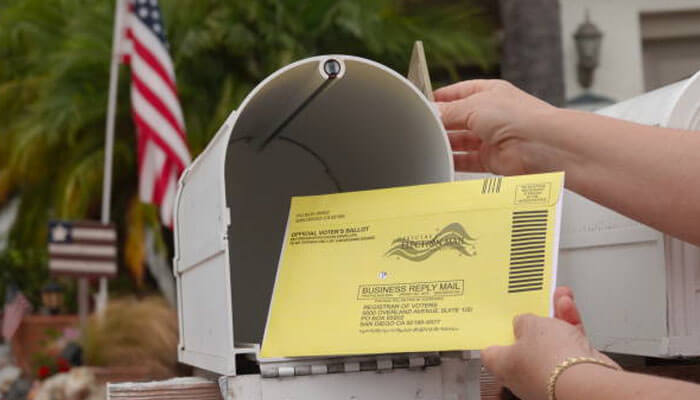In 1978, the US Postal Service established Form 1583, the Application for Delivery of Mail via Agent. Businesses and individuals utilize this form to provide permission for a third person, such as a Commercial Mail Receiving Agency, to accept mail on their behalf. The US Postal Form 1583 was created as a result of the Postal Reorganization Act of 1970, which transformed the USPS into a self-governing federal entity.
The legislation also mandated rules for mail delivery, such as the need for a form to have a third party accept mail on someone else’s behalf. The US Postal Service (USPS) has revised the 1583 form several times throughout the years to adapt to changing mail delivery and security policies. The form was last revised in 2016, however, the 2016 version is still in widespread use.
Situations when you’ll need a USPS form 1583
USPS Form 1583 is what you’ll need to give someone else permission to accept mail on your behalf. Use of a CMRA, as opposed to having mail delivered directly to your house or company, often necessitates the completion of this form. A CMRA is a company that offers mailbox rental services to customers of all types, including corporations and individuals. If you want a CMRA to accept mail on your behalf when you rent a mailbox from them, you’ll need to fill out Form 1583. To prevent unauthorized parties from accessing your mail, this form is required.
Both your own name and address, as well as the CMRA’s name and address, must be included on Form 1583. A valid form of identification (driving license or identity card) will also be required to confirm your identity. In addition, your signature must be witnessed by a notary public or postal worker.
Form 1583 is only needed if you have your mail collected by a Commercial Mail Receiving Agency. You may skip filling out this form if you have your mail sent straight to your house or place of work.
The benefits and drawbacks of US Postal Form 1583
The use of CMRA and Form 1583 has a number of benefits and drawbacks. Let’s see them in detail.
Pros:
1. The primary goal of Form 1583 is to improve mail safety. The form helps to verify that only authorized persons have access to your mail by demanding identifying papers and a notarized signature.
2. A CMRA is a practical option for getting mail if you have a temporary or changing address. Your mail may be sent to the CMRA and stored there until you are ready to pick it up.
3. A CMRA is an alternative postal address that may be used if you do not wish to use your home or place of business. You may use the CMRA’s address as your own, and they will accept and keep mail on your behalf.
Cons:
1. It may cost you extra to use a CMRA rather than have your mail delivered straight to your house or place of business. Monthly mailbox leasing costs are common, and some CMRAs even charge more for services like mail forwarding and package handling.
2. Certified mail and registered mail are two services that the USPS offers that CMRAs may not be able to perform. You may need doorstep delivery of mail to your house or place of work if you are in need of these services.
3. There is still a chance of mail loss or theft while utilizing a CMRA, however, Form 1583 is a way to assist in reducing that risk. Consider an alternate delivery method or additional safety precautions if the contents of your mail are particularly sensitive or confidential.
Whether or not you employ Form 1583 and a CMRA is ultimately up to you and your unique situation. A CMRA might be a fantastic choice if you need a safe and easy means to get your mail. You may want to look elsewhere, however, if hidden costs or a lack of features have you on the fence.



